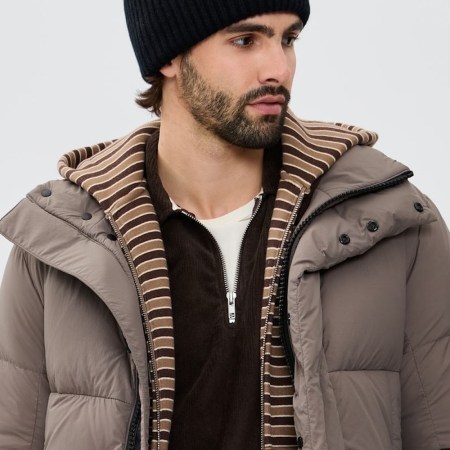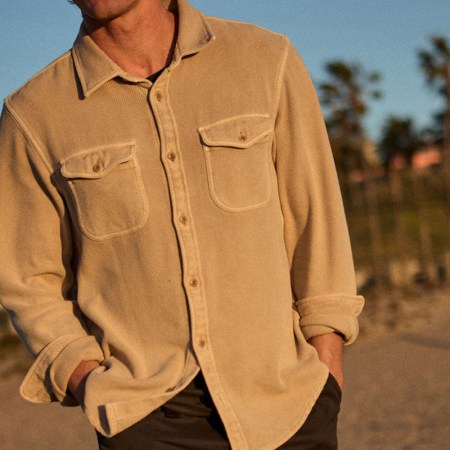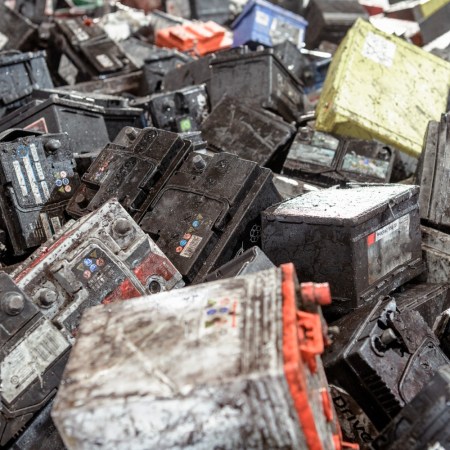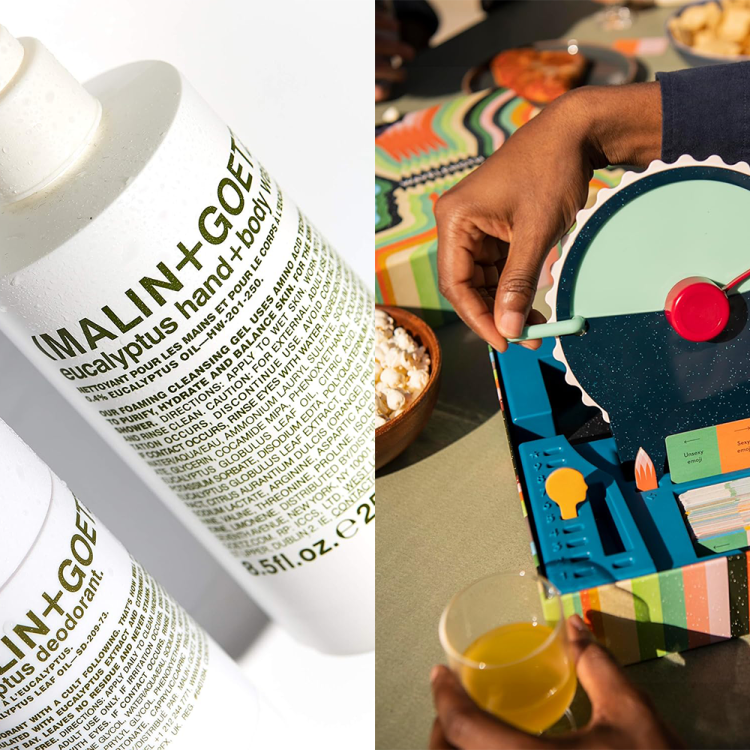I was hours into a three-day backpacking trip through Hell’s Canyon, a remote region on the eastern border of Oregon, when it suddenly started to rain. Timid, I pulled my rain jacket from my pack, hoping the secondhand coat that I found at a thrift store would keep the water at bay. That’s when the weather shifted from a light drizzle to a downpour that lasted for days. My jacket’s once-reliable waterproofing wore out, and I remained wet and cold for the rest of the trip.
Upon returning home, I decided it was time to upgrade my gear by investing in a reliable rain jacket. I considered breathability, fit and even the number of zippered pockets as I narrowed down my options. But there was one detail that I failed to consider: the impact my jacket would have on the planet.
Like many of us, I didn’t stop to think about my jacket and the manner by which it was made. As long as the manufacturer claimed to support the environment, I found no reason to bear guilt for my purchase. But after spending more time with folks in the industry, I learned that not all gear is created equal. And some gear, like my waterproof rain jacket, was slowly killing the planet.
Creating gear that’s built for the outdoors is no easy task. Jackets like yours and mine use a thin coating of per- and polyfluoroalkyl substances (PFAS) to create a barrier that repels not only water but dirt, oil, food and other unwanted substances as well. And PFAS chemicals aren’t limited to rain jackets — they’re found everywhere, from nonstick cookware to household cleaning products.
The fluorinated chemicals enter the environment through manufacturing waste, increasing the risk of exposure that can lead to liver and neurological damage, cancer and other ailments. In response, the federal government has ordered the phase-out of “long-chain” PFAS, though short-chain PFAS remain and they’re likely even more toxic.
A growing body of research on the harmful effects of PFAS is putting pressure on the outdoor industry to change, but change doesn’t come easy. While brands have made significant progress to develop PFAS alternatives that are less harmful, those same alternative substances can’t yet replicate the comfort, water resistance and performance of chemically-treated outerwear. Patagonia, for instance, began experimenting with a PFAS-free DWR treatment years ago, but fabrics tore easily and soaked through much faster than fluorinated counterparts. When customers expect their gear to perform at the highest level, say, on top of a mountain in the middle of winter, substandard alternatives like these won’t cut it.
All of this isn’t to say that eliminating PFAS is impossible. Brands such as Gore, the maker of Gore-Tex, and Helly Hansen are currently working to eliminate harmful PFAS from their products. Gore aims to be free of toxic PFAS by 2023, while Helly Hansen’s PFAS-free Lifa Infinity Pro fabric is already available in select jackets. Other brands known for their environmental advocacy have invested multiple years and millions of dollars into solutions that lighten the impact of PFAS (85 percent of Patagonia’s garments will be PFAS-free by the end of 2022). But these brands represent a handful of limited examples. Unfortunately, the vast majority of outdoor giants are struggling to step away from PFAS for good.
In an industry that champions environmental stewardship, PFAS linger like a stubborn stain on your favorite jacket. Much of the responsibility rests on the shoulders of major players, but we as consumers can do our part too. Before buying new gear and outerwear, consult the Green Science Policy Institute’s growing list of PFAS-free products. There you’ll find suitable outerwear that’s designed with the environment in mind.
This article appeared in an InsideHook newsletter. Sign up for free to get more on travel, wellness, style, drinking, and culture.
























